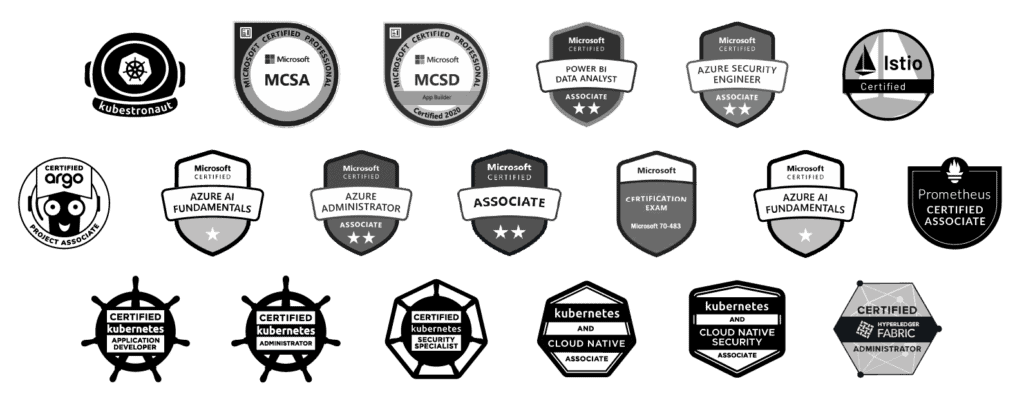Two buzzwords continually dominate the discourse: Artificial Intelligence (AI) and Machine Learning (ML). They are the engines propelling us into the future, reshaping industries, and unlocking previously unimaginable possibilities.
The Pillars of AI and ML
AI is the broader concept encompassing machines or systems that can perform tasks that typically require human intelligence, such as problem-solving, understanding natural language, and recognizing patterns. Interested in the Pros and Cons? After reading this blog, check out Navigating the Pros and Cons of Artificial Intelligence: Veritas Automata’s Solutions.
ML, on the other hand, is a subset of AI. It involves training machines to learn from data and make predictions or decisions based on that learning.
Now, let’s assertively explore the foundations that underpin these transformative technologies:
1.0 Bayesian Statistics: The Power of Probability
Bayesian statistics is the bedrock upon which AI and ML make decisions in an uncertain world. It utilizes probability to model uncertainty and update beliefs as new information becomes available.
In AI and ML, Bayesian models are instrumental in tasks like natural language processing, recommendation systems, and anomaly detection. They enable machines to make informed decisions even when confronted with incomplete or noisy data.
2.0 Generative Adversarial Networks (GANs): Creating Artistic Machines
Generative Adversarial Networks, or GANs, are the artists of the AI world. They consist of two neural networks – a generator and a discriminator – locked in a fierce competition.
GANs are responsible for creating realistic images, videos, and even audio samples. They have revolutionized content generation, making AI a creative powerhouse capable of generating art, music, and more.
3.0 Transformers: The NLP Revolution
Transformers are the driving force behind Natural Language Processing (NLP) breakthroughs. These models utilize self-attention mechanisms to process input data in parallel, making them exceptionally efficient for processing sequential data like text.
They underpin AI applications such as chatbots, language translation, and sentiment analysis. Transformers are reshaping the way we interact with machines, making human-like language understanding a reality.
4.0 Neural Networks: The Brains Behind Deep Learning
Neural Networks are the brains of the AI and ML world. Modeled after the human brain, they consist of layers of interconnected nodes (neurons) that process information.
Deep Learning, a subset of ML, relies heavily on Neural Networks to perform complex tasks such as image recognition, speech recognition, and autonomous driving. Neural Networks have enabled machines to mimic human cognition, pushing the boundaries of what AI can achieve.
The Future Beckons
The journey is far from over.
Invest in Trust and Innovation
In the world of AI and ML-driven automation, Veritas Automata is your trusted ally, ensuring you remain at the forefront of innovation and efficiency. We don’t just adapt to the future; we shape it.











